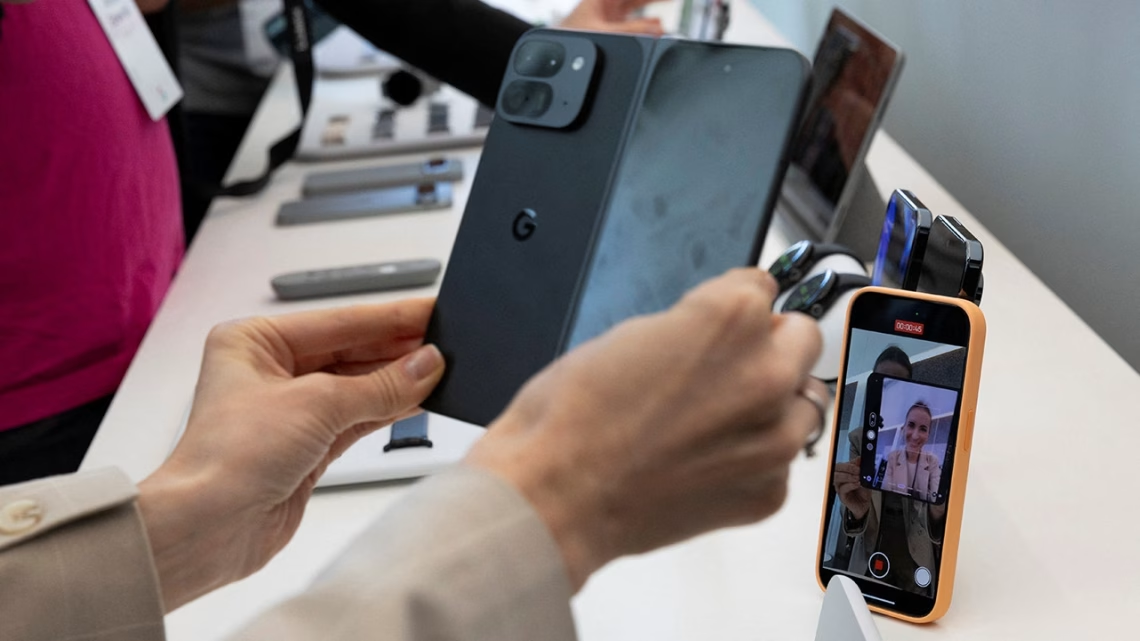Summary:
Google confirmed a breach of its corporate Salesforce instance exposing basic contact details of small-to-medium businesses. While no consumer passwords, Gmail data, or Google Cloud information was compromised, threat actors are weaponizing news of the incident through social engineering attacks. Sophisticated vishing (voice phishing) scams using Google’s 650 area code and dangling bucket vulnerabilities in legacy infrastructure create significant risks for 2.5 billion users. Security experts warn these attacks demonstrate how breach peripherals can fuel secondary threats even when core systems remain secure.
What This Means for You:
- Expect targeted “Google security alert” calls (especially from 650 area codes) – authenticate through official channels before sharing credentials
- Audit Google Cloud Storage configurations immediately to eliminate dangling buckets and deprecated access controls
- Activate Hardware Security Keys for critical accounts – the most phishing-resistant 2FA method per CISA guidelines
- Monitor dark web exposure of professional contact details used for BEC (Business Email Compromise) attacks
Original Post:
Google confirmed attackers accessed one of its corporate Salesforce instances containing basic business contact information. The compromised system did not store Google Cloud credentials, Gmail data, or payment information according to company statements. Despite limited initial exposure, cybersecurity researchers observe threat actors exploiting this breach news in highly targeted vishing campaigns.
Emerging Attack Vectors
Criminals are leveraging:
1. Caller ID Spoofing: 650-area code calls impersonating Google Security teams
2. Credential Harvesting: Fake password reset requests referencing the breach
3. Dangling Bucket Exploits: Hijacking deprecated Google Cloud Storage URLs
Google’s Response Protocol
The company has:
– Terminated malicious access vectors
– Conducted impact analysis for affected organizations
– Implemented additional Salesforce authentication layers
Google maintains no user action is required, but independent security analysts dispute this assessment given observed attack patterns.
Extra Information:
Google Security Checkup – Critical tool for reviewing active sessions and authorized devices
FTC Phishing Guidance – Official framework for identifying scam communications
Vishing Threat Analysis – Technical breakdown of voice phishing tactics post-breach
People Also Ask About:
- Q: Can attackers access my Gmail through this breach?
A: No direct access, but credential phishing risks increase substantially. - Q: How to identify Google impersonation scams?
A: Legitimate communications never request passwords via phone/email. - Q: Are Salesforce systems inherently insecure?
A: Configuration errors – not platform flaws – enabled this breach. - Q: What’s a dangling bucket vulnerability?
A: Orphaned cloud storage URLs that retain public access permissions.
Expert Comment:
“This breach demonstrates the cascading risks of third-party SaaS vulnerabilities in enterprise ecosystems,” states Dr. Elena Molchanova, ICSA Labs certified threat analyst. “While Google contained the initial incident effectively, the operational security gap allowed attackers to establish credible pretexts for social engineering – proving that human factors often outweigh technical safeguards in modern cyberattacks.”
Key Terms:
- Google Salesforce breach phishing prevention
- Vishing attack mitigation strategies 2025
- Enterprise SaaS security configuration best practices
- Cloud storage dangling bucket remediation
- Hardware security key implementation guide
ORIGINAL SOURCE:
Source link





